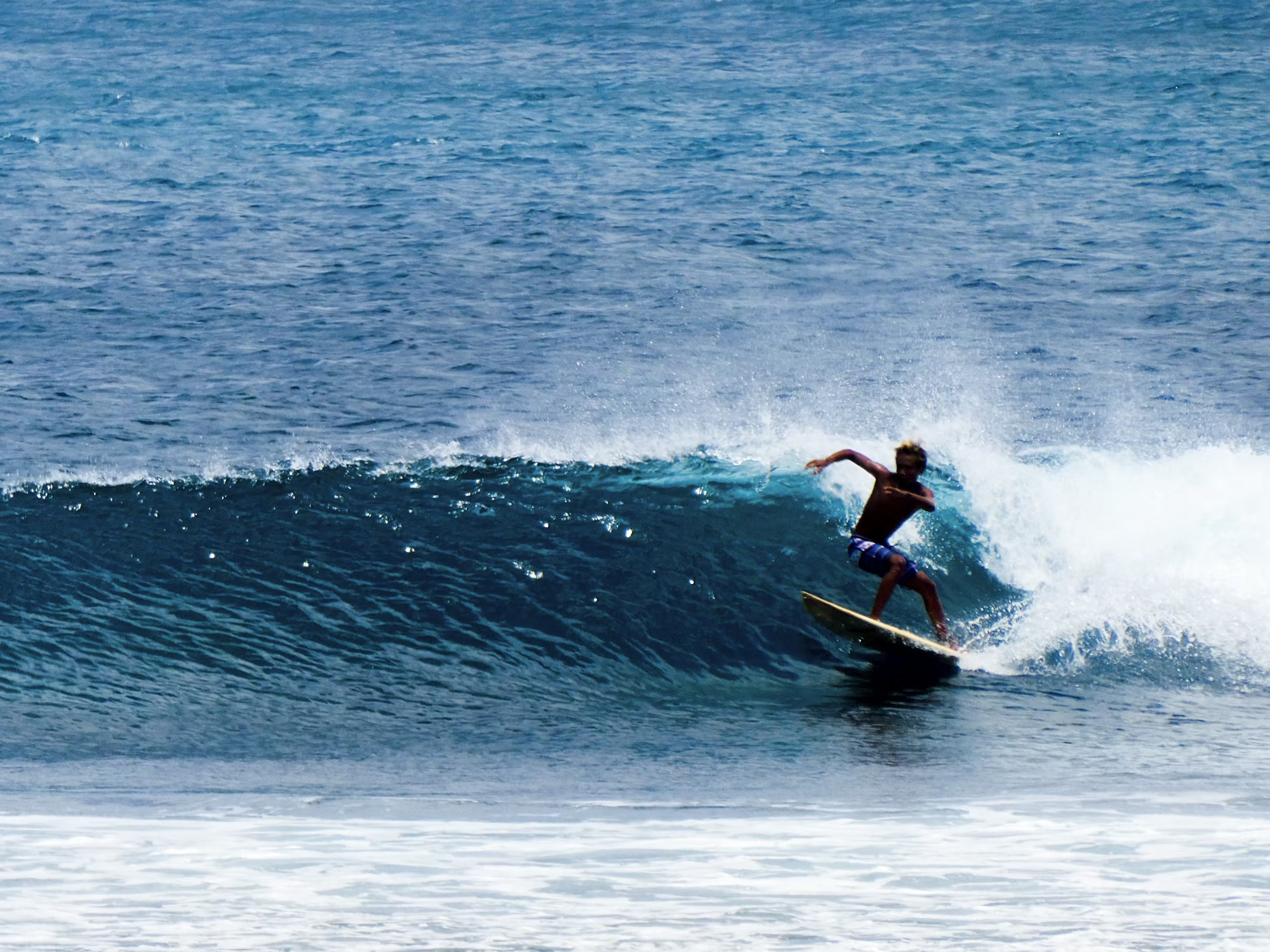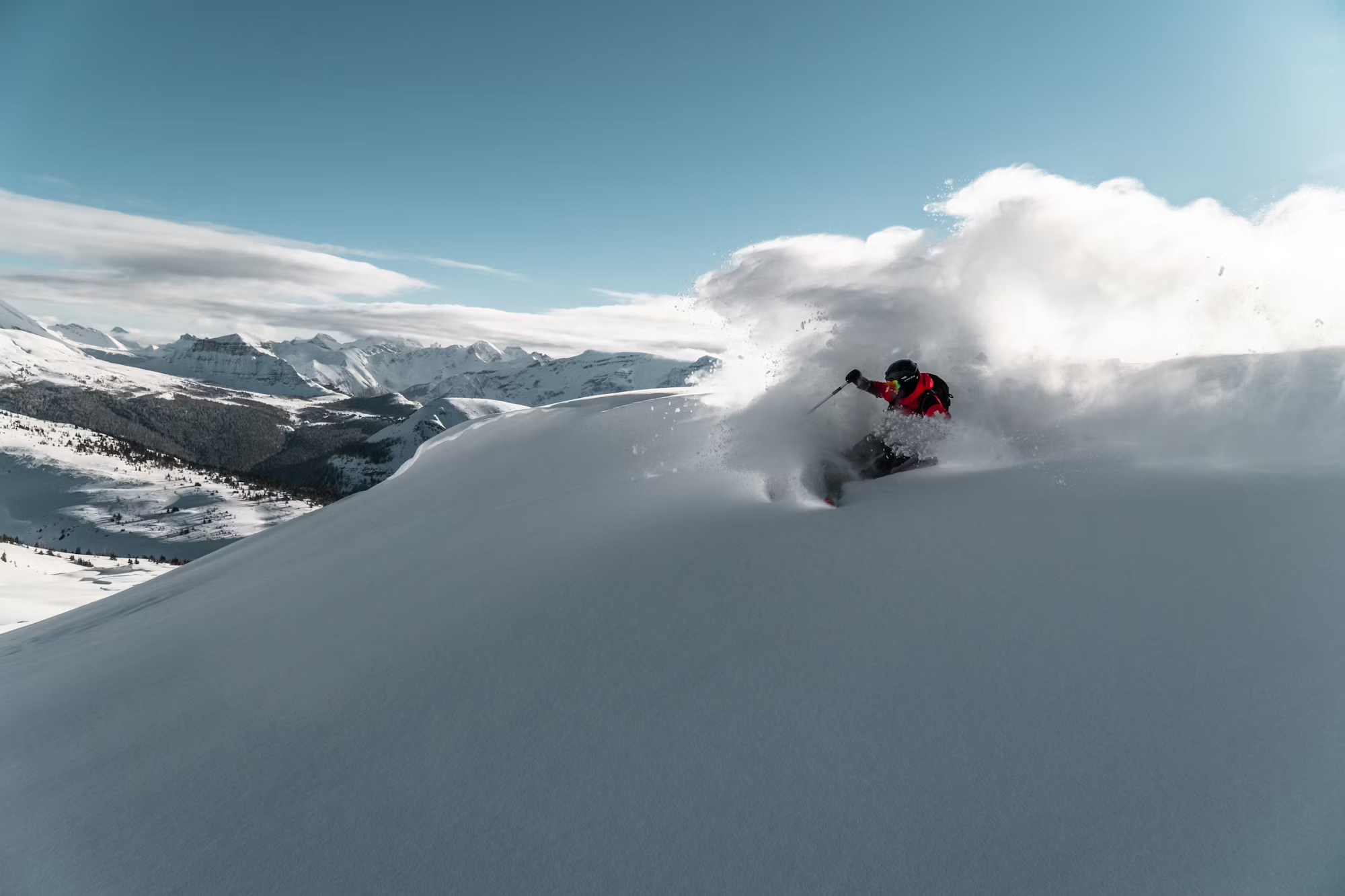Surfing, an exhilarating sport that embodies freedom and adventure, has captivated hearts around the globe. From its ancient Polynesian roots to its modern-day status as a cultural phenomenon, surfing offers a diverse array of styles, each with its own techniques and philosophies. This article delves into the fascinating world of surfing, exploring shortboarding, longboarding, big wave surfing, stand-up paddleboarding, bodyboarding, tandem surfing, and skimboarding.
At the forefront of surfing is shortboarding, the most popular and dynamic form of the sport. Shortboarders utilize compact, lightweight boards designed for high performance, enabling them to execute sharp turns and impressive aerial maneuvers. These boards, typically less than 7 feet long, allow surfers to harness the power of the waves, engaging in a thrilling dance with nature. The adrenaline rush experienced while navigating steep, powerful waves is incomparable, making shortboarding a favorite among competitive surfers and thrill-seekers alike.
Mastering shortboarding requires rigorous training and dedication. Surfers must develop a keen sense of timing, allowing them to paddle into the wave at just the right moment. Once they feel the wave’s lift, they execute a smooth pop-up, transitioning from paddling to standing in a fluid motion. This crucial skill sets the stage for an exhilarating ride, where surfers can perform a variety of tricks, from radical turns to breathtaking aerials. The sense of accomplishment that comes with mastering these maneuvers is a major draw for those who embrace this fast-paced style.
In contrast, longboarding invites surfers to appreciate the ocean’s beauty at a more leisurely pace. Longboards, measuring 9 feet or longer, offer stability that allows for smooth, graceful movements. Longboarders often favor smaller, slower waves, focusing on classic maneuvers like noseriding and cross-stepping. This style emphasizes the artistry of surfing, where smooth transitions and stylish footwork take center stage. Longboarding is not just about catching waves; it’s about embodying the essence of surfing culture and enjoying every moment on the water.
The community surrounding longboarding is vibrant and inclusive, encouraging surfers of all levels to come together. Events and gatherings often showcase the beauty of longboarding, celebrating the shared love for the ocean and the joy of riding. This camaraderie fosters friendships that extend beyond the water, creating a supportive network where surfers can learn from one another and grow together.
For those seeking the ultimate challenge, big wave surfing offers an unparalleled experience. This extreme discipline involves riding waves that reach heights of 20 feet or more, demanding exceptional skill, courage, and respect for the ocean’s might. Legendary spots like Waimea Bay in Hawaii and Mavericks in California draw the most daring surfers, ready to tackle the most formidable waves on the planet.
Big wave surfers often utilize specialized equipment, including larger boards that provide buoyancy and stability. The evolution of tow-in surfing has further revolutionized this discipline, allowing surfers to catch colossal waves that were once deemed unattainable. By being towed into the wave by personal watercraft, surfers can ride massive swells and experience the exhilarating rush of conquering the ocean’s giants. However, the thrill comes with risks, and safety measures are paramount in this high-stakes environment.
Stand-up paddleboarding (SUP) has emerged as a versatile and accessible way to engage with the water. Surfers stand on larger boards and use paddles to navigate lakes, rivers, and ocean waves. SUP caters to a wide range of skill levels and ages, making it a welcoming introduction to water sports. Many enthusiasts appreciate the holistic aspects of SUP, as it combines fitness, mindfulness, and a deep connection with nature.
The trend of incorporating yoga into SUP sessions has gained traction, allowing practitioners to enhance their physical and mental well-being while enjoying the beauty of the water. This fusion of fitness and relaxation attracts a diverse audience, enriching the SUP community and promoting a shared love for the ocean.
Bodyboarding is another exciting facet of surfing that appeals to both beginners and seasoned surfers alike. Riding waves on a smaller, rectangular board, bodyboarders typically position themselves on their stomachs or knees. This style allows for agile movements and an intimate connection with the wave, resulting in thrilling rides closer to the shore. Bodyboarding is often seen as a more accessible entry point into the world of surfing, fostering a sense of fun and creativity among participants.
The bodyboarding community is known for its inclusivity and support. Surfers of all skill levels can share techniques, tips, and encouragement, enhancing the overall enjoyment of the sport. Riding waves near the beach, bodyboarders can embrace the joy and simplicity of the ocean, forging lasting memories along the way.
Tandem surfing, a captivating variation of the sport, introduces a collaborative element to wave riding. In this style, two surfers share a single board, often performing intricate tricks and lifts while relying on each other’s balance and coordination. Tandem surfing showcases the beauty of teamwork, resulting in visually stunning performances that captivate audiences and participants alike.
The bond formed through tandem surfing reflects the strong sense of community inherent in the surfing world. Partners develop deep connections as they navigate waves together, creating breathtaking displays of movement that celebrate the joy of collaboration. Successfully executing tandem maneuvers fosters a sense of accomplishment and exemplifies the power of partnership in the sport.
Skimboarding offers yet another thrilling variation of surfing, emphasizing riding waves in shallow water. Skimboarders run along the shoreline, dropping their boards onto the thin wash of an incoming wave before riding it back to the beach. This sport requires agility, quick reflexes, and a keen sense of timing, allowing skimboarders to perform a range of tricks and maneuvers.
The accessible nature of skimboarding makes it a favorite among younger surfers, encouraging playful experimentation and creativity. Many skimboarders enjoy the camaraderie found at local beaches, where they can share tips, tricks, and encouragement with fellow enthusiasts.
In exploring the myriad styles of surfing, it becomes evident that each offers unique experiences, techniques, and connections to the ocean. Whether one is drawn to the adrenaline of shortboarding, the elegance of longboarding, or the thrill of big wave surfing, there is a place for everyone in the vibrant surfing community. This shared passion for the ocean fosters lasting friendships and unforgettable memories, uniting surfers from diverse backgrounds and cultures.
Celebrating the rich tapestry of surfing culture, we honor the techniques, traditions, and camaraderie that define this beloved sport. From the exhilaration of catching waves to the tranquil moments spent in the water, surfing provides a profound connection to nature that resonates with enthusiasts around the globe. Through its diverse styles and techniques, the art of surfing continues to thrive, inviting new generations to discover the joy of riding the waves.





